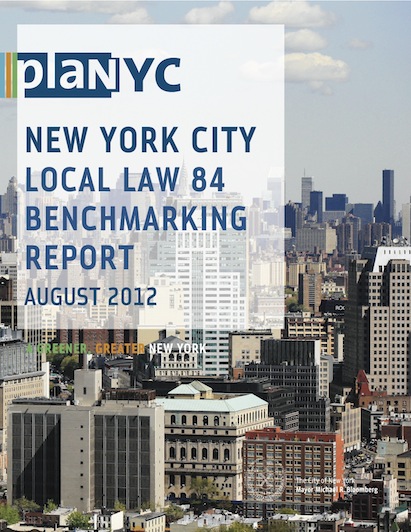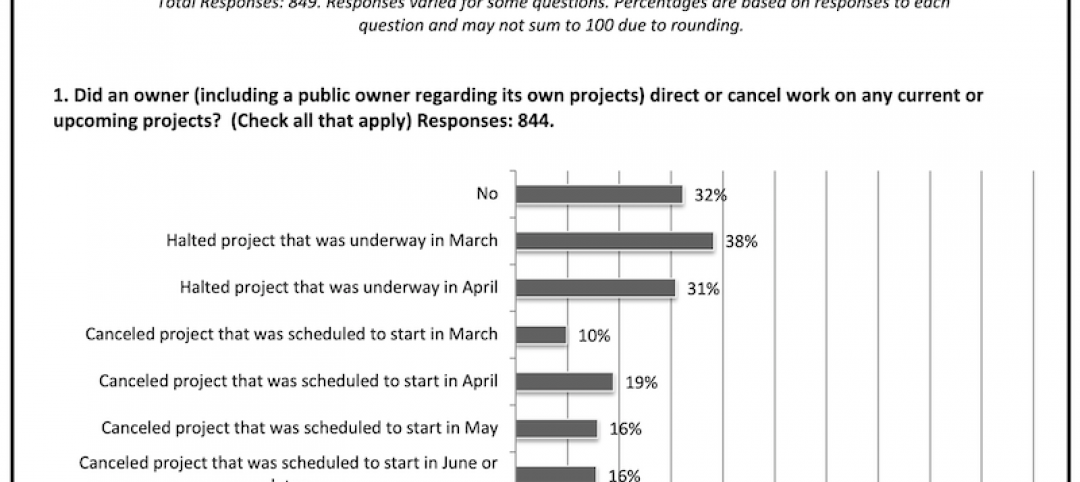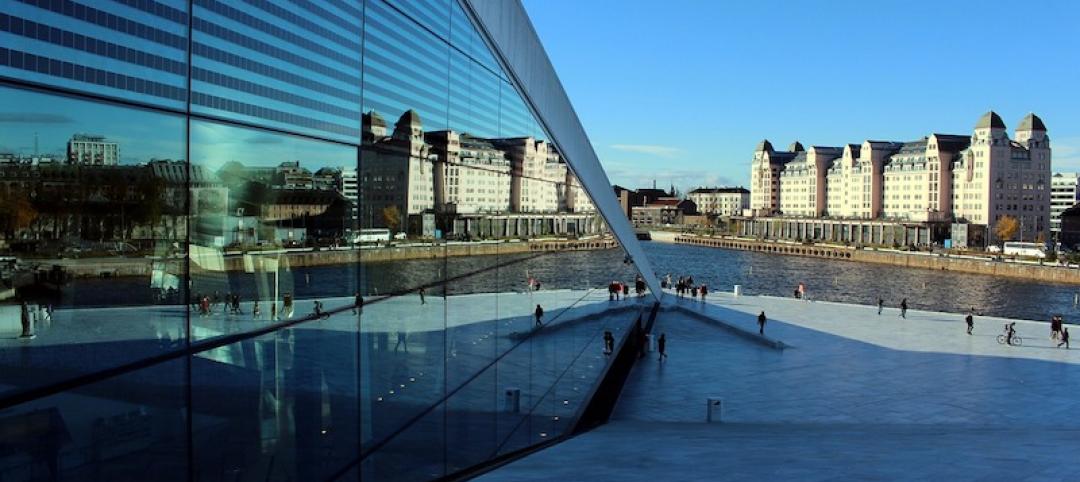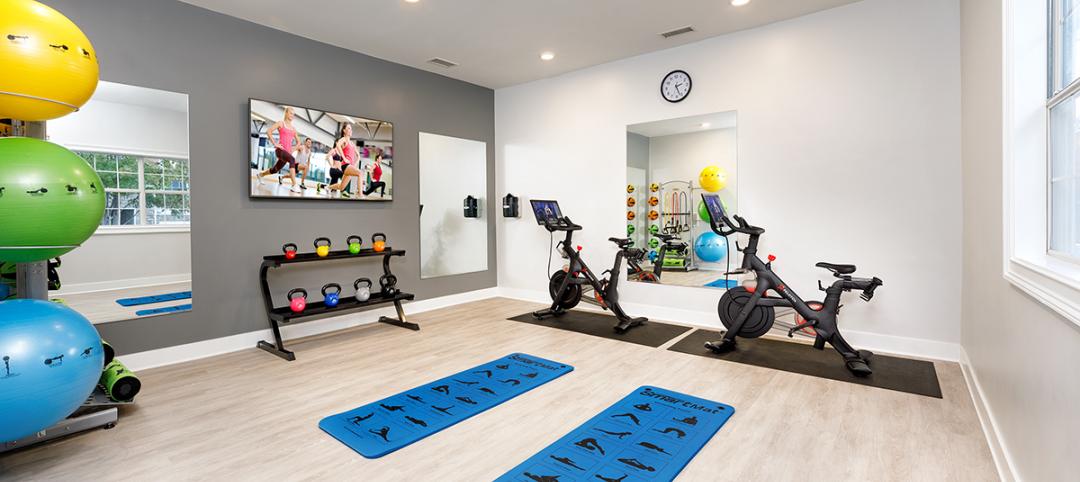New York City’s recent report on energy and water use in 2,065 commercial buildings (totaling more than 530 million sf) deserves a closer look. The extremely valuable data was gathered under Local Law 84, which required owners of large privately owned buildings to report their energy and water use to the city.
That New York City was able to pull off this feat is remarkable in and of itself, since gathering data on actual energy and water use on large numbers of privately owned buildings (>50,000 sf for a single building, or multiple buildings totaling >100,000 sf) in a municipality has been virtually impossible.
In fact, this is the first such report for any city, county, or state in the U.S.. Previously, the city measured energy/water use in 2,657 city-owned buildings totaling 273 million sf. Moreover, starting this year, large residential buildings will also be counted, providing even more juicy data.
Kudos to Mayor Bloomberg and the Institute for Market Transformation for pulling this off.
Key findings from the report (with my comments in parentheses):
• Large office buildings tend to be more energy intensive than smaller ones. (Why? Bigger plug load in large buildings? This finding cries out for further analysis.)
• Newer office buildings in New York tend to use more energy per square foot than older ones. (Is that because newer buildings have more energy-intensive equipment—computers, data centers, telephone equipment? Or is it poor building envelope design? A lot depends on the types of tenants and their differing energy needs: An ad agency probably uses much less energy than, say, a 24/7 financial firm. One factor may be that those thick walls and inset windows of pre-1950s structures seem to keep paying off in energy savings for their owners.)
• On average, buildings in New York City use less energy than the national average, with a median Energy Star score of 64. (Not bad: A score of 75 out of 100 is needed to be listed as an Energy Star building, so New York’s average building stock is just at the edge.)
• The most energy-intensive buildings use three to five times as much energy as the least energy-intensive buildings, so making cost-effective improvements to the big energy guzzlers could have a huge payoff in energy savings. (We’ve been preaching this gospel for a long time—see our White Paper, “High-Performance Reconstructed Buildings,” at: www.BDCnetwork.com/WhitePaper2012.)
• Bringing large buildings up to the median energy use intensity in their respective categories could cut their energy use by 18% and GHG emissions by 20%. (The next NYC report should look into how much that would cost the typical large-building owner and what the payback period or internal rate of return would be. My guess is three to five years for many improvements, even without government subsidies or other financial incentives. Why more owners don’t get the math is beyond me.)
Results for individual buildings also proved enlightening. As Mireya Navarro noted in the New York Times, losers include the MetLife Building (Energy Star score: 39), Lever House (20), and Mies van der Rohe’s Seagram Building (3). The new LEED-Gold 7 World Trade Center came in with a 74, while the recently renovated Empire State Building did even better (80). My favorite, the Chrysler Building, came in at 84.
So, America’s cities, what are you waiting for? Start counting energy use in your buildings!
Download the report at: http://www.nyc.gov/html/gbee/html/plan/ll84_scores.shtml.
More from Author
Rob Cassidy | Mar 30, 2020
Your turn: Has COVID-19 spelled the death knell for open-plan offices?
COVID-19 has designers worrying if open-plan offices are safe for workers.
Rob Cassidy | Mar 25, 2020
Coronavirus pandemic's impact on U.S. construction, notably the multifamily sector - 04-30-20 update
Coronavirus pandemic's impact on U.S. construction, notably the multifamily sector - 04-30-20 update
Rob Cassidy | Nov 20, 2019
Word of the Year: "climate emergency," says the Oxford English Dictionary
The Oxford Word of the Year 2019 is climate emergency.
Rob Cassidy | Nov 8, 2019
The Peloton Wars, Part III - More alternatives for apartment building owners
ProForm Studio Bike Pro review.
Rob Cassidy | Nov 1, 2019
Do car-free downtown zones work? Oslo, yes; Chicago, no
Two recent reports (October 2019) explore whether car-free downtowns really work, based on experience in Oslo, Norway, and Chicago.
Rob Cassidy | Oct 9, 2019
Multifamily developers vs. Peloton: Round 2... Fight!
Readers and experts offer alternatives to Peloton bicycles for their apartment and condo projects.
Rob Cassidy | Sep 4, 2019
Peloton to multifamily communities: Drop dead
Peloton will no longer sell its bikes to apartment communities.
















